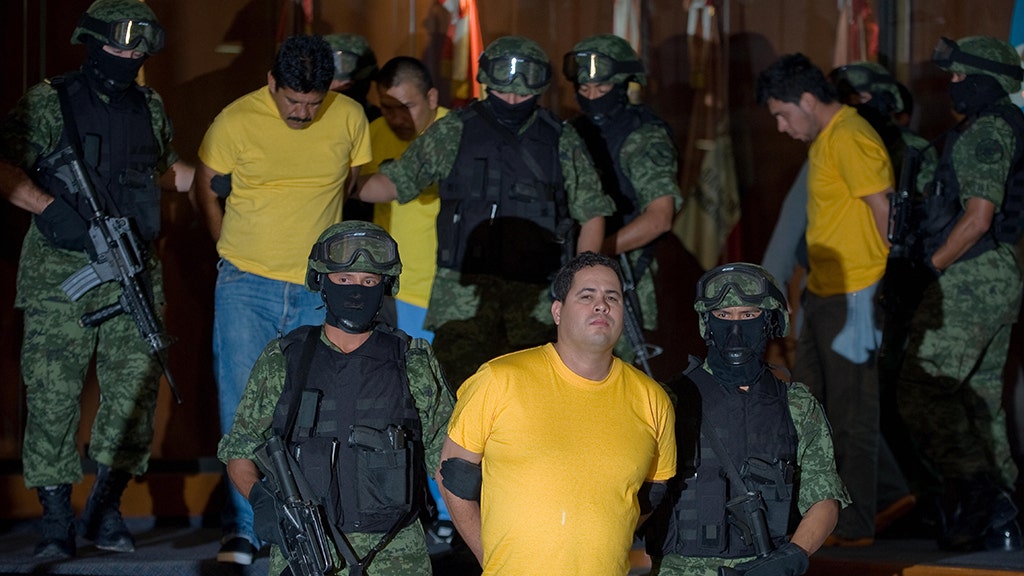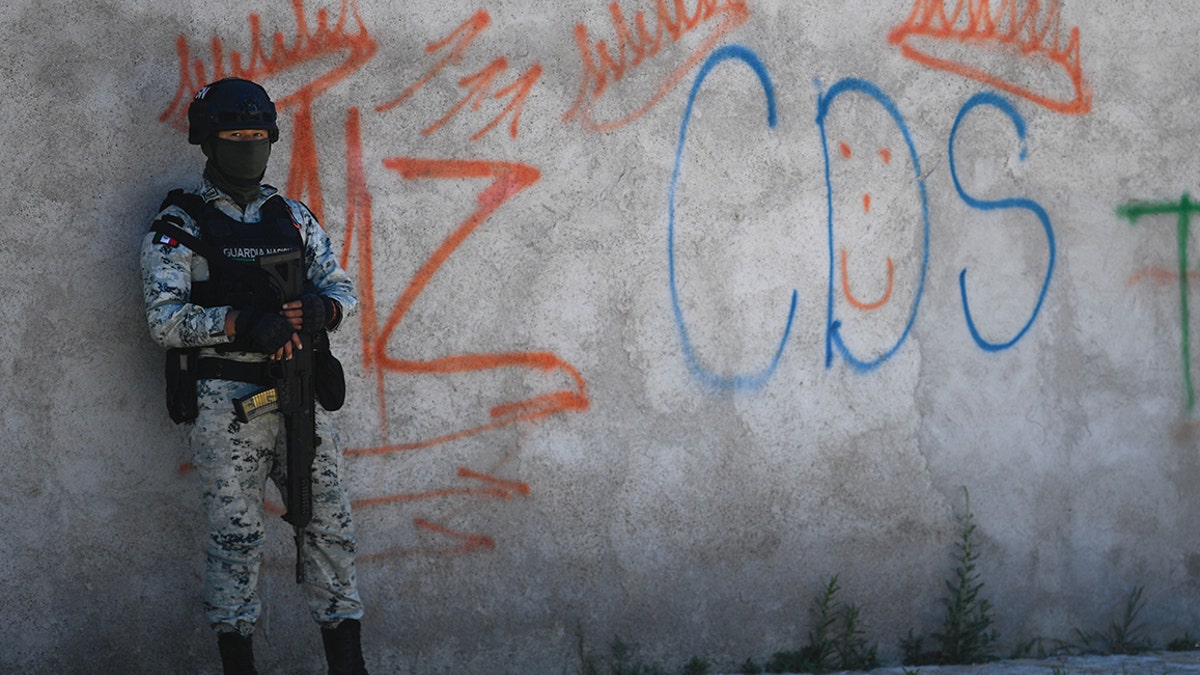Videos Of Cartel Killings: A Dark Look Into The World Of Narco-Violence
Let's be real for a second—videos of cartel killings have become a grim reality of our digital age. The internet has opened doors to a world where violence, once hidden in the shadows, now plays out on our screens. But why do these videos exist, and what impact do they have on society? Let's dive deep into this unsettling phenomenon and understand its roots, causes, and consequences.
These videos are more than just shocking content; they’re a reflection of the brutal world of organized crime. Cartels use them as tools of fear, intimidation, and propaganda. They’re not just random acts of violence—they’re calculated moves designed to send messages. And while we might scroll past them thinking they’re just another form of extreme content, there’s so much more to unpack here.
We’re not here to sugarcoat anything. This isn’t an easy topic to talk about, but it’s one that deserves attention. By exploring the reasons behind these videos, their effects on both individuals and society, and the ethical dilemmas they pose, we can gain a clearer understanding of the complexities surrounding narco-violence in today’s world.
Read also:Dirty Dancing The Untold Story Behind The Screen Magic
Understanding the Rise of Cartel Violence
Before we dive into the videos themselves, it’s crucial to understand the rise of cartel violence. It’s not just about drugs anymore; it’s about power, territory, and control. Cartels operate like corporations, but instead of selling widgets, they deal in illegal substances, human trafficking, and other illicit activities. And when you’re in that kind of business, violence becomes a necessary evil—or so they think.
How Cartels Use Violence as a Tool
Cartels don’t just kill people randomly. Every act of violence is carefully planned and executed to serve a purpose. Whether it’s eliminating rivals, sending a message to law enforcement, or instilling fear in local communities, violence is their go-to strategy. And with the advent of social media, these acts are now amplified, reaching a global audience.
For example, some cartels release videos of executions to show their dominance over rival groups. These videos often depict brutal scenes, leaving viewers shocked and horrified. But for the cartels, it’s all about creating a narrative of fear and power.
Why Do Videos of Cartel Killings Exist?
Now let’s talk about why these videos exist in the first place. It’s not just about the cartels wanting to flex their muscles. There are deeper reasons at play here.
Psychological Warfare
Cartels use videos of killings as a form of psychological warfare. They know that fear is one of the most powerful motivators, and by releasing these videos, they aim to control the narrative. They want people to be afraid of them, to see them as untouchable forces that can’t be stopped.
- Intimidation: Cartels use videos to intimidate rivals, law enforcement, and anyone who dares to cross them.
- Propaganda: These videos serve as propaganda, showcasing the cartel’s strength and brutality.
- Recruitment: Believe it or not, some cartels use these videos to recruit new members, portraying themselves as powerful and fearless organizations.
The Role of Social Media
Social media has played a significant role in the proliferation of these videos. Platforms like YouTube, Twitter, and Instagram have become battlegrounds for cartels to showcase their power. While many platforms have policies against violent content, enforcement can be inconsistent, allowing these videos to spread unchecked.
Read also:Paul Mccartneys Global Real Estate Empire A Closer Look At His Homes
Moreover, the algorithms used by social media platforms often prioritize sensational content, which means that videos of cartel killings can quickly go viral. This creates a vicious cycle where the cartels get exactly what they want—attention and fear.
Impact on Society
The impact of these videos on society cannot be overstated. They affect individuals, communities, and even entire nations. Let’s break it down.
Psychological Effects on Viewers
Watching videos of cartel killings can have serious psychological effects on viewers. For some, it can lead to anxiety, depression, and even PTSD. The images of violence are often so graphic that they stick in the mind, haunting the viewer long after they’ve watched the video.
Studies have shown that exposure to violent content can desensitize individuals, making them less empathetic and more accepting of violence. This is especially concerning when it comes to young people, who may not fully understand the implications of what they’re watching.
Social and Cultural Implications
On a broader scale, these videos contribute to a culture of fear and violence. They reinforce stereotypes about certain regions and communities, perpetuating negative narratives. In some cases, they can even lead to increased xenophobia and discrimination against certain groups.
Moreover, the normalization of violence through these videos can have long-term effects on society. It can lead to a breakdown in social norms, where violence is seen as an acceptable solution to problems.
The Legal and Ethical Dilemmas
There’s no denying that videos of cartel killings pose significant legal and ethical challenges. How do we balance freedom of speech with the need to protect people from harmful content? It’s a question that doesn’t have an easy answer.
Freedom of Speech vs. Harmful Content
One of the biggest dilemmas is the tension between freedom of speech and the need to regulate harmful content. While everyone has the right to express themselves, there’s also a responsibility to ensure that this expression doesn’t harm others. The challenge lies in finding the right balance.
For example, some argue that banning these videos infringes on freedom of speech, while others believe that allowing them to exist perpetuates a cycle of violence and fear. It’s a complex issue with no clear solution.
The Role of Governments and Tech Companies
Governments and tech companies play a crucial role in addressing this issue. They have the power to regulate content, enforce laws, and hold perpetrators accountable. But again, the question of where to draw the line remains.
Some countries have implemented strict laws against the distribution of violent content, while others take a more hands-off approach. Similarly, tech companies have varying policies when it comes to moderating content. The inconsistency in these approaches can lead to confusion and frustration among users.
Case Studies: Real-Life Examples
To better understand the impact of videos of cartel killings, let’s look at some real-life examples. These case studies highlight the complexities and consequences of this phenomenon.
Case Study 1: The Gulf Cartel
The Gulf Cartel is one of the most notorious cartels in Mexico. They’ve been known to release videos of executions as a way to assert their dominance. In one particularly infamous video, they executed a rival gang member in broad daylight, sending a clear message to their enemies.
This video not only shocked the world but also led to increased tensions in the region. It sparked a wave of retaliatory attacks, further escalating the violence.
Case Study 2: The Sinaloa Cartel
The Sinaloa Cartel, led by the infamous El Chapo, has also been known to use videos as a tool of intimidation. In one instance, they released a video showing the torture and execution of several police officers. The video was widely shared on social media, causing outrage and fear across the country.
This incident led to increased scrutiny of the cartel’s activities and a crackdown by law enforcement. However, the damage had already been done, and the fear they instilled lingered long after the video was taken down.
How to Combat the Spread of These Videos
While the problem may seem insurmountable, there are steps we can take to combat the spread of videos of cartel killings. Education, regulation, and community involvement are all key components in addressing this issue.
Education and Awareness
Education is one of the most effective tools in combating the spread of harmful content. By raising awareness about the dangers of watching and sharing these videos, we can reduce their impact. Schools, communities, and organizations can play a vital role in educating people about the risks associated with violent content.
Regulation and Enforcement
Regulation and enforcement are also crucial in addressing this issue. Governments and tech companies need to work together to develop policies that effectively regulate harmful content without infringing on freedom of speech. This requires a delicate balance and a commitment to protecting people from harm.
The Future of Narco-Violence in the Digital Age
As technology continues to evolve, so too will the tactics used by cartels. The digital age has opened up new avenues for them to operate, and it’s up to us to stay one step ahead. By understanding the motivations behind these videos and their impact on society, we can develop strategies to combat their spread.
Innovative Solutions
Innovative solutions are key to addressing this issue. From AI-powered content moderation to community-driven initiatives, there are many ways we can tackle the problem of narco-violence in the digital age. It’s about thinking outside the box and finding creative solutions to complex problems.
Conclusion
Videos of cartel killings are a grim reality of our digital age. They serve as tools of fear, intimidation, and propaganda, perpetuating a cycle of violence and fear. But by understanding their roots, causes, and consequences, we can work towards a solution.
So, what can you do? Start by educating yourself and others about the dangers of watching and sharing these videos. Support initiatives that aim to combat the spread of harmful content. And most importantly, stay informed and engaged in the fight against narco-violence.
Don’t forget to share this article with your friends and family. The more people know about this issue, the better equipped we’ll be to address it. Together, we can make a difference.
Article Recommendations


